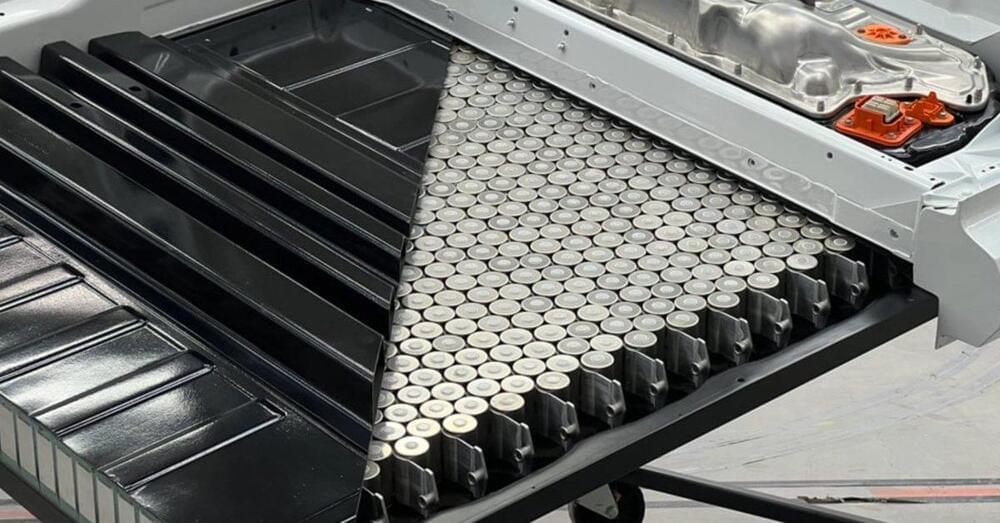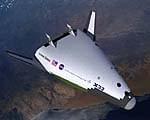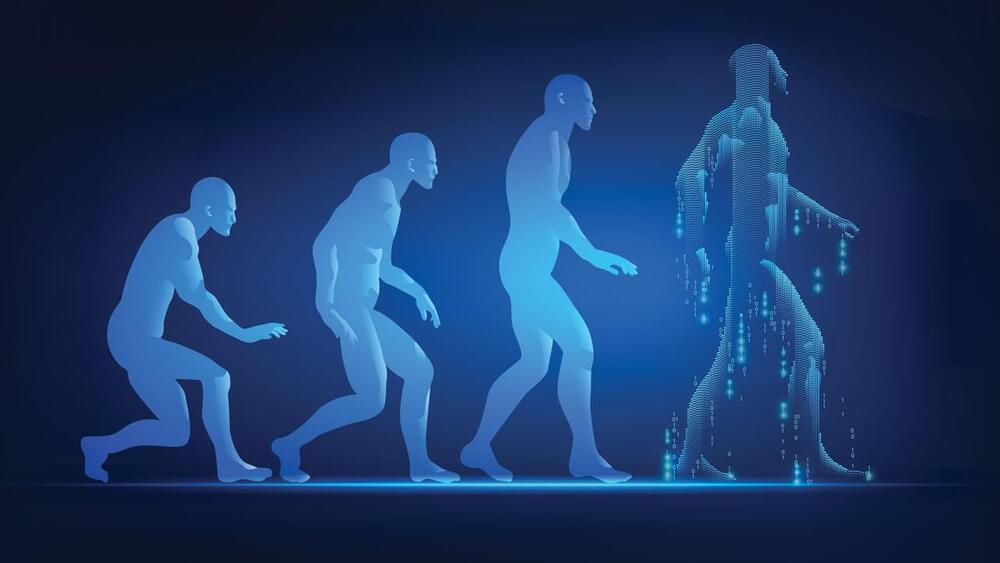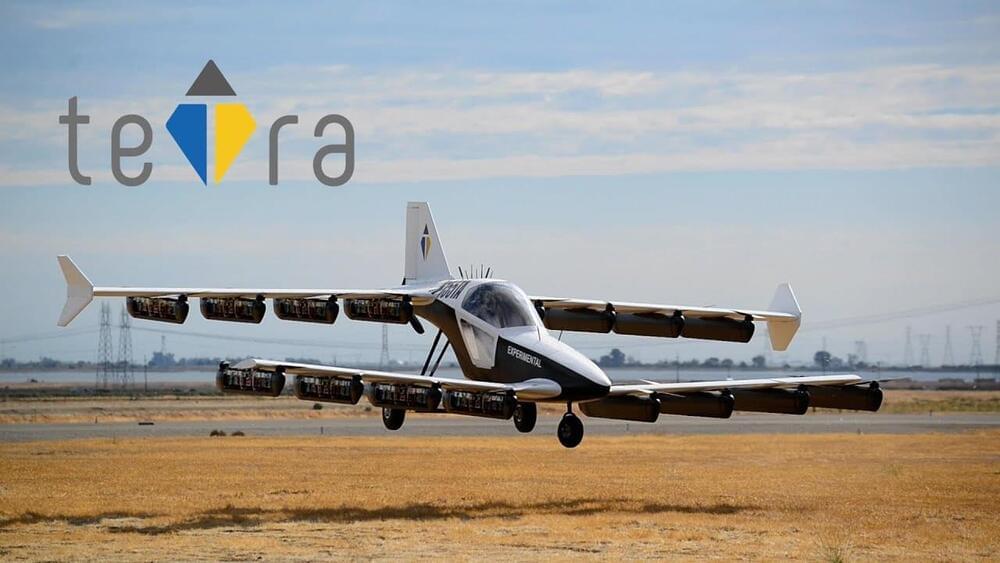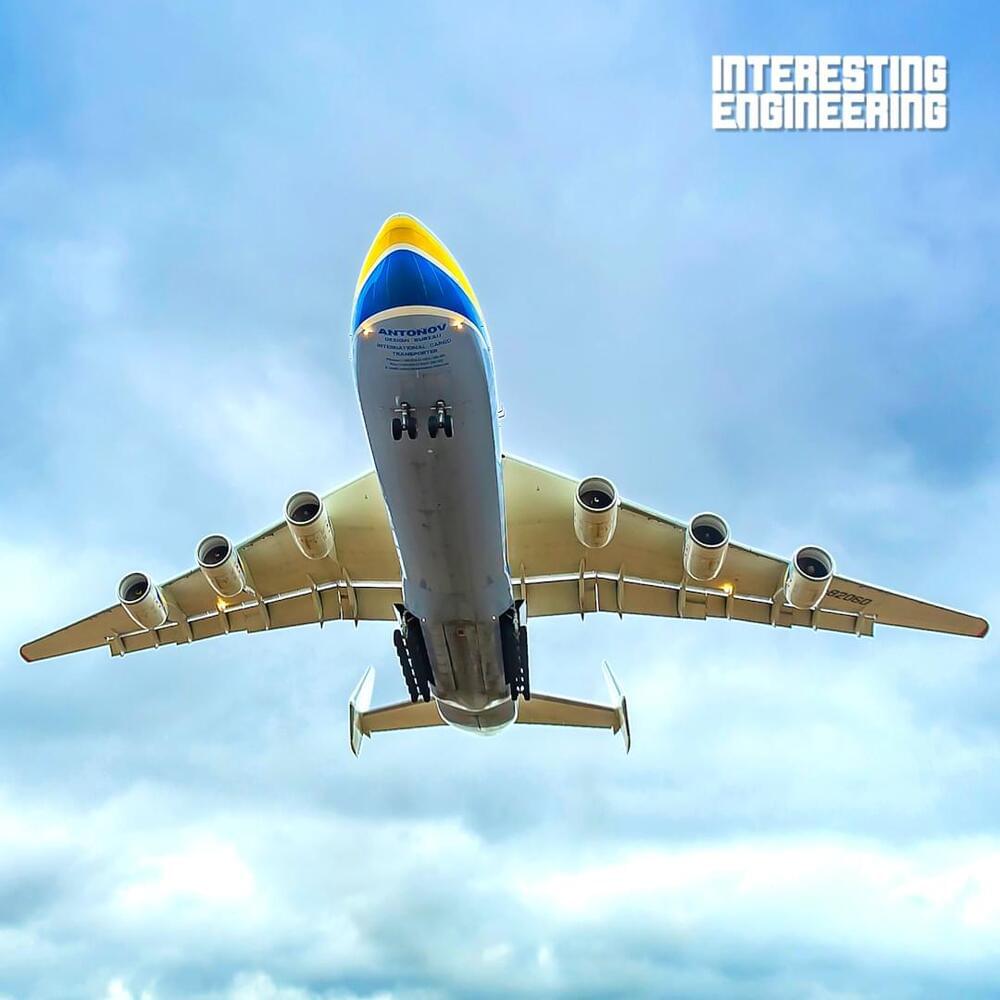Speaking of cars, consider the future of transportation and mobility, entailing the advent of self-driving cars.
It would seem that self-driving cars will be a welcomed boon to humanity. Predictions are that the regrettable 40,000 annual fatalities due to car crashes in the United States alone will be reduced enormously, and likewise, the estimated 2.3 million car crash injuries will nearly disappear.
What’s not to like about the emergence of self-driving cars?
That brings up this intriguing question: Could the advent of AI-based true self-driving cars somehow get intermingled into the act of bothering a neighbor?
This seems like a rather curious question and defies the aura of goodness that surrounds the self-driving car realm.
Full Story:
Name that TV show.
Well, I’m sure you immediately guessed that those are the lyrics from the ever-popular Gilligan’s Island and indeed, you would be right.
If you hear the song a few times in a row, it is abundantly catchy and might cause you to hark back to the original days of the show being aired (for those that were around then) or might remind you of watching those ubiquitous recordings online of the show as available on today’s social media platforms.

